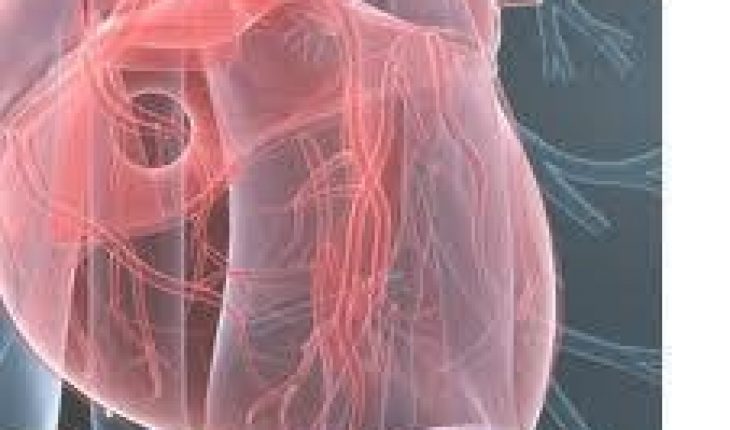Valvular heart disease consists of varying disease processes affecting one, or more of the valves located in the heart. The heart consists of four valves, two on the right side, and two on the left side of the heart. The aortic valve is located on the left side of the heart, and lies between the left ventricle, and the aorta. When functioning normally, it opens to allow blood to flow from the left ventricle into the aorta, and closes to prevent back-flow. The mitral, or bicuspid valve is also located on the left side of the heart, and lies between the left atrium, and left ventricle. When functioning normally, it opens to allow blood to flow from the left atrium to the left ventricle, and closes to prevent back-flow. The pulmonary valve is located on the right side of the heart, and lies between the right atrium, and the pulmonary artery. When functioning normally, it opens to allow blood to flow from the right ventricle to the pulmonary artery, and closes to prevent back-flow. The tricuspid valve is also located on the right side of the heart, and lies between the right atrium, and the right ventricle. When functioning normally,it opens to allow blood to flow from the right atrium to the right ventricle, and closes to prevent back-flow.
Types of valvular heart disease
The two main types of valvular heart diseases are; aortic and mitral valve disorders affecting the left side of the heart, and pulmonary and tricuspid valve disorders affecting the right side of the heart.
Aortic valve disorders
Two basic types of diseases affecting the function of the aortic valves:
Aortic stenosis: the aortic valve does not fully open, therefore blood flow from the left ventricle to the aorta, and the rest of the body is restricted.
Aortic regurgitation: the aortic valve is unable to completely close after blood pumps from the left ventricle to the aorta, and thus a slow back-flow of blood occurs into the left ventricle (blood flows opposite of the direction it is supposed to).
These two disorders often accompany each other, and both can be caused by rheumatic fever.
Mitral valve disorder
The mitral valve is affected by mitral valve stenosis. This is the narrowing of the opening of the mitral valve in the heart. Some symptoms include palpitations, chest pain, and heart failure.
Pulmonary valve disorders
Pulmonary stenosis: the pulmonary valve does not fully open, therefore blood flow from the right ventricle to the pulmonary artery then to the lung is restricted.
Pulmonary regurgitation: the pulmonary valve is unable to completely close after blood pumps from the right ventricle to the pulmonary artery, and thus a slow backflow of blood occurs into the right ventricle (blood flow opposite of the direction it is supposed to)
Tricuspid valve disorder
Tricuspid valve regurgitation: the tricuspid valve is unable to completely close after blood pumps from the right atrium to the right ventricle, thus a slow backflow of blood occurs into the right atrium (blood flows opposite of the direction it is supposed to)
Valvular heart disease is more prevalent with the aortic and mitral valves than with the pulmonary and tricuspid valves.





